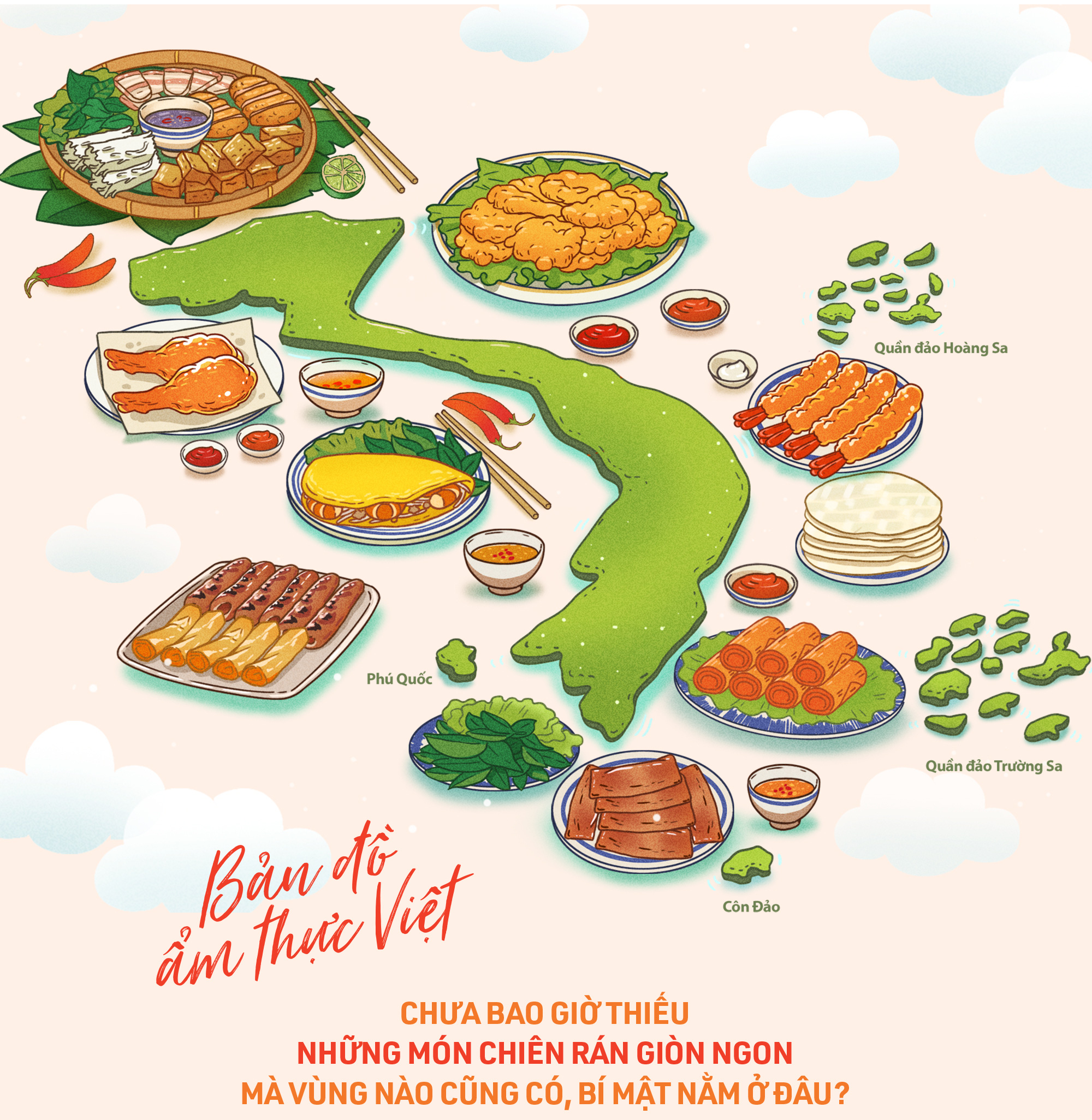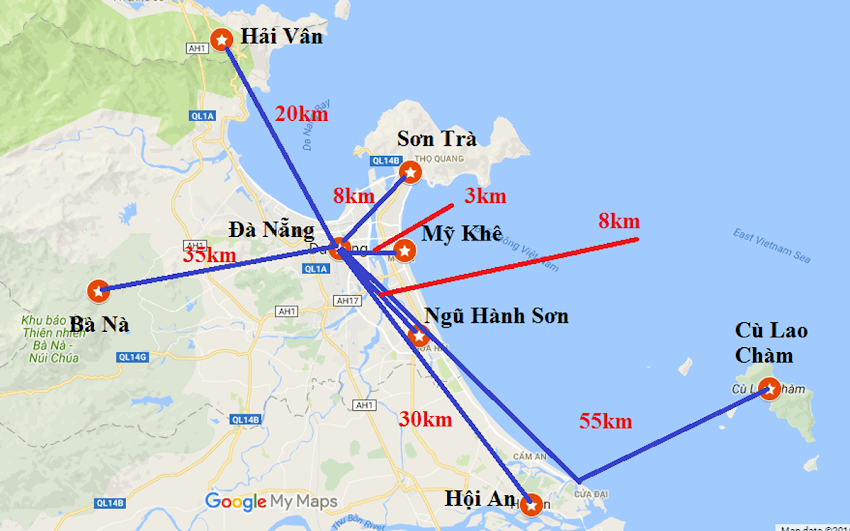No products in the cart.
Blog
Hướng Dẫn Du Lịch ẩm Thực Nhật Bản: Từ Chợ Cá đến Nhà Hàng Cao Cấp
[

Hướng Dẫn Du Lịch Ẩm Thực Nhật Bản: Từ Chợ Cá Đến Nhà Hàng Cao Cấp

Introduction:

Japan, a land of ancient traditions and modern marvels, offers a culinary journey unlike any other. From the bustling fish markets of Tsukiji to the serene elegance of Michelin-starred restaurants, a food tour of Japan is a sensory explosion. This comprehensive guide will navigate you through the vibrant world of Japanese gastronomy, equipping you with the knowledge and insights to savor the authentic flavors and cultural richness this amazing country has to offer. Prepare to embark on an unforgettable adventure for your taste buds!
Khám Phá Chợ Cá Nhật Bản: Trái Tim Năng Động của Ẩm Thực
Japanese fish markets are more than just places to buy seafood; they’re vibrant hubs of activity, where the energy is palpable and the freshness is unparalleled. Witnessing the auction, the meticulous preparation, and the sheer variety of seafood available is an experience in itself.
- Tsukiji Outer Market: Even with the inner wholesale market’s relocation, the outer market remains a treasure trove of culinary delights. Sample fresh sushi, try various seafood snacks, and browse countless food stalls.
- Osaka’s Kuromon Market: Known as “Osaka’s Kitchen,” this market boasts a diverse array of seafood, meats, vegetables, and prepared foods. It’s a fantastic place to immerse yourself in the local culinary scene.
- Early Morning Visits: Arrive early to witness the energetic atmosphere of the auctions and secure the freshest catches of the day.
- Seasonal Delights: Explore the seasonal specialties; different types of fish and seafood are at their peak at different times of the year.
- Respectful Etiquette: Remember to be mindful of the bustling environment and maintain respectful behavior towards vendors and fellow shoppers.
- Haggling (Sometimes): While not as common as in some other cultures, gentle negotiation might be possible at some stalls, especially if you’re buying in bulk.
Thưởng Thức Sushi & Sashimi: Nghệ Thuật Tinh Tế của Nhật Bản
Sushi and sashimi are synonymous with Japanese cuisine, but mastering their nuances goes beyond simple preparation. It’s about quality ingredients, precise techniques, and an appreciation for the subtlety of flavors.
- Understanding the Grades: Learn the difference between various grades of fish, which impact both taste and price. The highest grades are often reserved for the finest sushi restaurants.
- Regional Variations: Explore the diverse regional styles of sushi and sashimi, which can differ significantly in ingredients, preparation, and presentation.
- Pairing with Sake: Discover the art of pairing sushi and sashimi with different types of sake, enhancing the overall dining experience.
- Etiquette at a Sushi Counter: Observe proper etiquette when dining at a sushi counter, such as using chopsticks correctly and refraining from excessive conversation.
- Appreciating the Simplicity: Realize that true mastery in sushi and sashimi lies in the quality of the ingredients and the simplicity of the preparation, allowing the natural flavors to shine through.
- Beyond the Basics: Venture beyond the common tuna and salmon; try more exotic options like uni (sea urchin) or ikura (salmon roe).
Khám Phá Ramen: Một Bát Mì Tuyệt Vời
Ramen is far more than just noodles in broth; it’s a complex culinary art form with numerous regional variations and endless possibilities for customization. Each bowl tells a story, showcasing the chef’s skill and passion.
- Regional Styles: Explore the different regional styles of ramen, such as Hakata ramen (tonkotsu broth), Sapporo ramen (miso broth), and Shio ramen (salt broth).
- Broth is Key: Understanding the different types of broth and their nuances is crucial to appreciating the complexities of ramen.
- Toppings Matter: The variety of toppings, from chashu pork belly to soft-boiled eggs, adds another layer of complexity and flavor.
- Finding Authentic Shops: Look for small, family-run ramen shops; these often offer the most authentic and flavorful bowls.
- The Art of Slurping: Embrace the Japanese custom of slurping your noodles; it’s a sign of appreciation and enjoyment.
- Don’t Be Afraid to Experiment: Try different variations and customize your bowl to your liking; most ramen shops are happy to accommodate requests.
Trải Nghiệm Kaiseki: Một Bữa Tiệc Nghệ Thuật
Kaiseki is more than just a meal; it’s a multi-sensory experience, a harmonious blend of culinary artistry, aesthetics, and seasonal ingredients. Each course is a miniature work of art, meticulously crafted to delight the palate and the eye.
- Seasonal Emphasis: Kaiseki dishes change with the seasons, reflecting the freshest and most flavorful ingredients available at that time.
- Presentation Matters: The presentation of each dish is as important as the taste; the artful arrangement of ingredients enhances the overall experience.
- Variety of Courses: A traditional Kaiseki meal consists of multiple small courses, offering a journey of textures, flavors, and temperatures.
- Understanding the Sequence: The dishes are served in a specific order, designed to create a balanced and satisfying culinary experience.
- Atmosphere is Key: The restaurant’s atmosphere plays a crucial role in the overall Kaiseki experience; look for places that emphasize tranquility and elegance.
- Price Point: Be aware that Kaiseki meals are typically expensive, reflecting the high-quality ingredients, meticulous preparation, and artistic presentation.
Du Lịch Nhà Hàng Cao Cấp: Tinh Hoa Ẩm Thực Nhật Bản
Michelin-starred restaurants in Japan represent the pinnacle of culinary excellence, offering unforgettable gastronomic experiences. These establishments showcase innovation, precision, and a deep understanding of Japanese culinary traditions.
- Reservations are Essential: Securing a reservation, often weeks or even months in advance, is crucial for most high-end restaurants.
- Dress Code: Dress appropriately; smart casual or formal attire is usually expected.
- Omakase Experience: Consider ordering the “omakase” menu, which allows the chef to create a personalized tasting menu based on the freshest seasonal ingredients.
- Service Standards: Expect impeccable service, reflecting the high level of professionalism and dedication.
- Price Expectations: Be prepared for higher prices, reflecting the quality of the ingredients, the chef’s expertise, and the overall dining experience.
- Exploring Different Styles: Japanese high-end restaurants encompass a vast range of styles, from traditional Kaiseki to modern interpretations of Japanese cuisine.
| Subtopic | Key Aspect 1 | Key Aspect 2 | Key Aspect 3 | Key Aspect 4 | Key Aspect 5 | Key Aspect 6 |
|---|---|---|---|---|---|---|
| Chợ Cá Nhật Bản | Tsukiji Outer Market | Osaka’s Kuromon Market | Early Morning Visits | Seasonal Delights | Respectful Etiquette | Haggling (Sometimes) |
| Sushi & Sashimi | Understanding the Grades | Regional Variations | Pairing with Sake | Etiquette at a Sushi Counter | Appreciating the Simplicity | Beyond the Basics |
| Ramen | Regional Styles | Broth is Key | Toppings Matter | Finding Authentic Shops | The Art of Slurping | Don’t Be Afraid to Experiment |
| Kaiseki | Seasonal Emphasis | Presentation Matters | Variety of Courses | Understanding the Sequence | Atmosphere is Key | Price Point |
| Nhà Hàng Cao Cấp | Reservations are Essential | Dress Code | Omakase Experience | Service Standards | Price Expectations | Exploring Different Styles |
Conclusion:
A culinary adventure through Japan is a journey into a world of refined flavors, ancient traditions, and unparalleled artistry. From the bustling energy of the fish markets to the serene elegance of Michelin-starred restaurants, every bite is an experience. This guide has equipped you with the essential knowledge to navigate this exciting culinary landscape, enabling you to savor the authenticity and diversity of Japanese gastronomy. So pack your bags, prepare your palate, and get ready to embark on an unforgettable food journey through the heart of Japan! Remember to be open to new experiences, embrace the local culture, and savor each moment. The rewards will be truly exceptional.
Keywords: Japanese Cuisine, Japanese Food Tour, Sushi, Ramen, Kaiseki, Japanese Restaurants, Michelin Star Restaurants
]

Bài viết hay quá! Mình thích nhất phần giới thiệu về chợ cá, đọc xong muốn đặt vé đi Nhật ngay và luôn! Tuyệt vời!
Chán quá! Hình ảnh ít quá, nội dung cũng không được chi tiết lắm. Mình mong muốn có thêm thông tin về giá cả nữa.
Thêm thông tin về các món ăn chay ở Nhật Bản được không ạ? Mình thấy bài viết tập trung quá nhiều vào hải sản.
Tôi không đồng ý với quan điểm của tác giả về sushi. Sushi ở Nhật Bản đa dạng hơn nhiều so với những gì bài viết nêu ra! Tác giả cần bổ sung thêm nhiều thông tin hơn nữa.
Ôi, hướng dẫn du lịch ẩm thực Nhật Bản mà toàn nhà hàng cao cấp thôi à? Người bình dân như tôi thì làm sao mà theo được. Hay quá nhỉ!
Bài viết hay đấy, nhưng mà… hình như tác giả viết chỉ để khoe khoang thôi thì phải? Chắc giàu lắm mới đi được nhiều chỗ như thế!
Haha, đọc xong bài viết mình tưởng tượng ra cảnh mình đang ngồi ở Nhật Bản, chén sạch hết tất cả các món ngon rồi! Tuyệt cú mèo!
Bài viết rất hữu ích, mình đã tìm hiểu thêm nhiều thông tin hay từ đây. Cảm ơn tác giả nhiều nha!
Tôi thấy phần giới thiệu về các loại nước chấm còn thiếu sót. Nên bổ sung thêm để bài viết hoàn chỉnh hơn.
Rất tiếc, bài viết này không đáp ứng được nhu cầu của tôi. Tôi cần nhiều hình ảnh hơn và thông tin cụ thể hơn về giá cả từng món ăn.